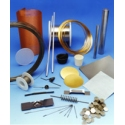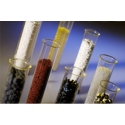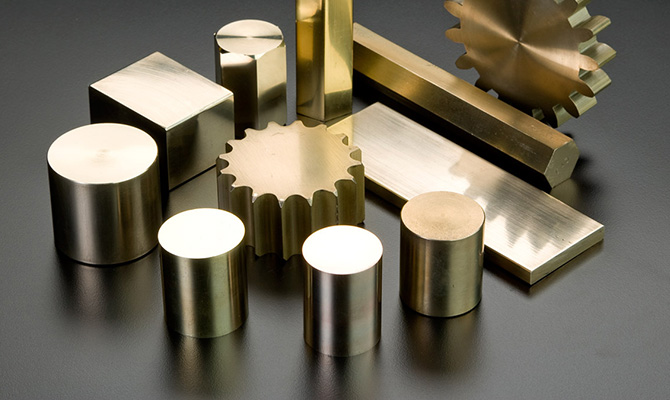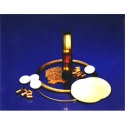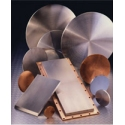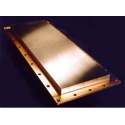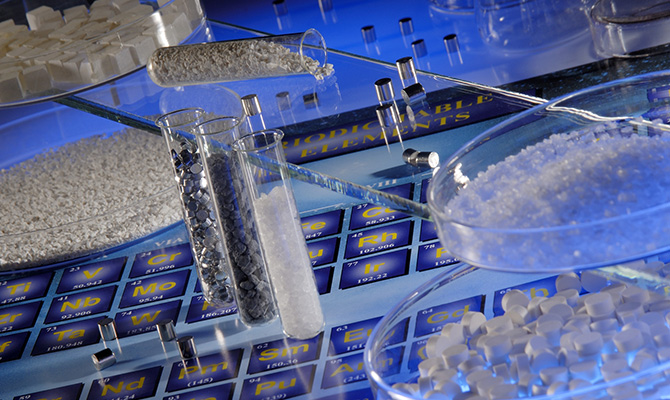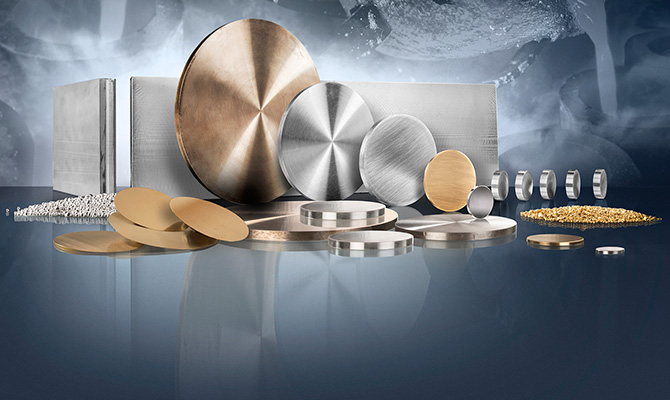Mussels Inspire New Strong Underwater Adhesives
12 December 2018Strong adhesives are important for a range of technological and biomedical applications that involve high-moisture settings, such as to help repair ship hulls or heal surgical wounds. Researchers from the Massachusetts Institute of Technology (MIT) have now taken cues from nature and have designed a waterproof glue that utilizes sticky proteins from mussels and bacterial proteins found in biofilms (slimy films of bacteria that adhere to surfaces). The new material's adhesive energies are 1.5 times greater than the strongest bio-inspired, protein-based underwater adhesives reported in the literature to date, the researchers say.
"The article is very interesting and the investigators did an exhaustive amount of work," says Bruce Lee, a biomedical engineer at Michigan Technological University, who wasn't involved in the study, published recently in the journal Nature Nanotechnology. "They prepared self-assembled adhesive fibers using a 'Bottom-Up' approach, which is typically how nature constructs materials and functional tissues. It may pave a way to develop hierarchical and complex adhesive structures with improved functions."
To stick to surfaces, mussels have "feet" called byssus, which are actually strong, silky filaments. So-called mussel foot proteins (Mfps) of the byssus contain the amino acid 3,4-dihydroxyphenylalanine (DOPA). "DOPA has a specific chemical structure that allows it to stick to surfaces well," says Timothy Lu of the Synthetic Biology Group at MIT and senior author of the new study. In previous work, other researchers successfully created DOPA-based adhesives, but these glues lacked the full complexity of natural mussel adhesives, which are made up of multiple foot proteins. "Many of the existing glues have been made using single proteins on their own, or the researchers took one aspect of those proteins and mimicked it with a synthetic polymer," Lu says.
To make their bio-inspired adhesives, Lu and his team focused on the DOPA-based Mfp3 and Mfp5, which originate from the Mediterranean mussel (Mytilus galloprovincialis) and have been well characterized in the literature. They also looked at CsgA proteins, a major subunit of E. coli amyloid curli fibers-fibrous, self-assembling proteins that are necessary for the development of a biofilm and its adhesion to surfaces. Using a process called isothermal one-step Gibson DNA assembly, the researchers created two genetic fusion constructs, CsgA-Mfp3 and Mfp5-CsgA, which are gene sequences of hybrid proteins known as chimeric proteins.
The team sent their constructs to an independent company called Genewiz, which sequenced the DNA for them. E. colicells took up the genetic information, and produced the chimeric CsgA-Mfp3 and Mfp5-CsgA proteins. The researchers cracked open the bacterial cells, and then purified and incubated the fusion proteins, allowing them to self-assemble into fibrous meshes or adhesive films-simulations suggest the sticky fibers are made up of amyloid CsgA cores with Mfp domains displayed on the surface. In some cases, the team allowed the two fusion proteins to assemble together into a CsgA-Mfp3 and Mfp5-CsgA copolymer, which they hypothesized could benefit from the adhesive properties of both mussel proteins.
Lu and his colleagues tested the underwater strength of their adhesives using atomic force microscopy (AFM). They chose three AFM tips: silica, gold, and polystyrene, which represent inorganic, metal, and polymeric surfaces. The new adhesives outperformed previous protein-based underwater adhesives, as well as Mfps or curli fibers taken on their own. And at pH greater than or equal to 7.0, the adhesives exhibited better tolerance to auto-oxidation-in which DOPA oxidizes under basic conditions, decreasing adhesion energies-than Mfps alone. Additionally, the copolymers, especially those with an equal ratio of CsgA-Mfp3 and Mfp5-CsgA, were stronger than the two monomers alone.
"Using the tools of synthetic biotechnology, we've been able to combine adhesives that come from mussels and adhesive fibers from E. coli to make a strong, self-assembling adhesive that works well underwater," Lu says.
"By merging the interfacial DOPA-containing adhesive proteins of mussels with amyloid-type structures similar to barnacle cement, [Lu's team] created a hybrid system that lends itself well to fine tuning," says Herbert Waite, a biochemist at the University of California, Santa Barbara, who wasn't involved in the research. In mussel adhesion, DOPA is used for both adsorption and cohesion, but engineered DOPA-containing polymers are generally only good at one or the other; Lu's group, however, was able to take the onus for cohesion off DOPA by integrating the amyloid structures, Waite explains. "The result is a powerful wet adhesive with independently functioning adsorptive and cohesive moieties," he says. "The work is very imaginative, rigorous, and thorough."
Waite notes that one potential issue is the cost of producing the new adhesive, but streamlining the process could change this. Another challenge with the new technology, Lee adds, is "the unknown biocompatibility of these foreign and chimera proteins and unknown effects of the amyloid beta domain on the normal protein folding in our body." Scaling up the process to produce more adhesive could also prove challenging, he says.
Lu and his group are currently working on the latter issue. They are also looking at reproducing more of the proteins found in mussel feet. "There are lots of other proteins we can build to make the adhesive super sticky," Lu says.
By Joseph Bennington-Castro


